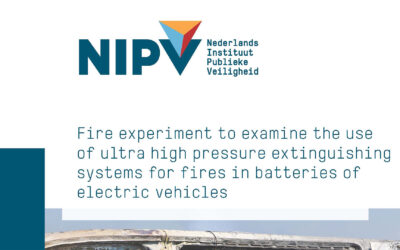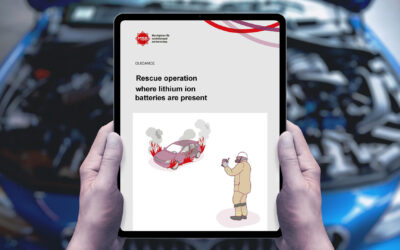SP Technical Research Institute of Sweden 2014
Robert Svensson, Johan Lindström, Raúl Ochoterena, Michael Försth
Abstract
Developing tactics for extinguishing fires located in structures is needed. Nowadays, the most commonly procedure employed by most fire brigades when extinguishing fires located in the interior of buildings, consists in sending a unit of firefighters inside the structure spraying high amounts of water on the surface of the burning fuels. This procedure has enormous caveats since it leads to the unavoidable necessity of exposing personal to situations where risks to their personal safety are major. Furthermore, water damage is common. An alternative to these tactics consists of using the Cutting extinguisher which in principle allows combating a fire by injecting water mist into the burning building without the necessity of entering it.
This work studies the Cutting extinguisher when used for fire-fighting activities in conventional and idealised civil structures by the aid of computerised simulations and experimental data. The simulations were done using Fire Dynamics Simulator (FDS) which is an open-source code for modelling well-ventilated fires while experimental data was obtained from idealised and controlled fires and experiments.
Findings of this study suggest that the Cutting extinguisher can be used for combating fires in confinements using less water than traditional methods. This is done by reducing both the gas temperature and relative concentration of oxygen in the room instead of cooling the surface of the fuels as traditional methods do. The high velocity of the jet induces mixing in the confinement, enhancing the interaction of droplets with hot combustion products and promoting the vaporisation of the injected water. Furthermore, the induced momentum to the gases in the room together with the vaporisation of the injected water reduces the overall gas temperature inside the structure. Generally speaking, adding water to fires reduce the possibility of fire spread and flash over.
Results from the simulated living room show that up to 80% of the injected water vaporises when the averaged gas temperature is in the range of 200~250 °C and, for the 70 m3 apartment, with an open window of 2.3 m2 and a continuous heat source of 1 MW, the water vapour concentration increases by 30% after 60 s of injecting water.


